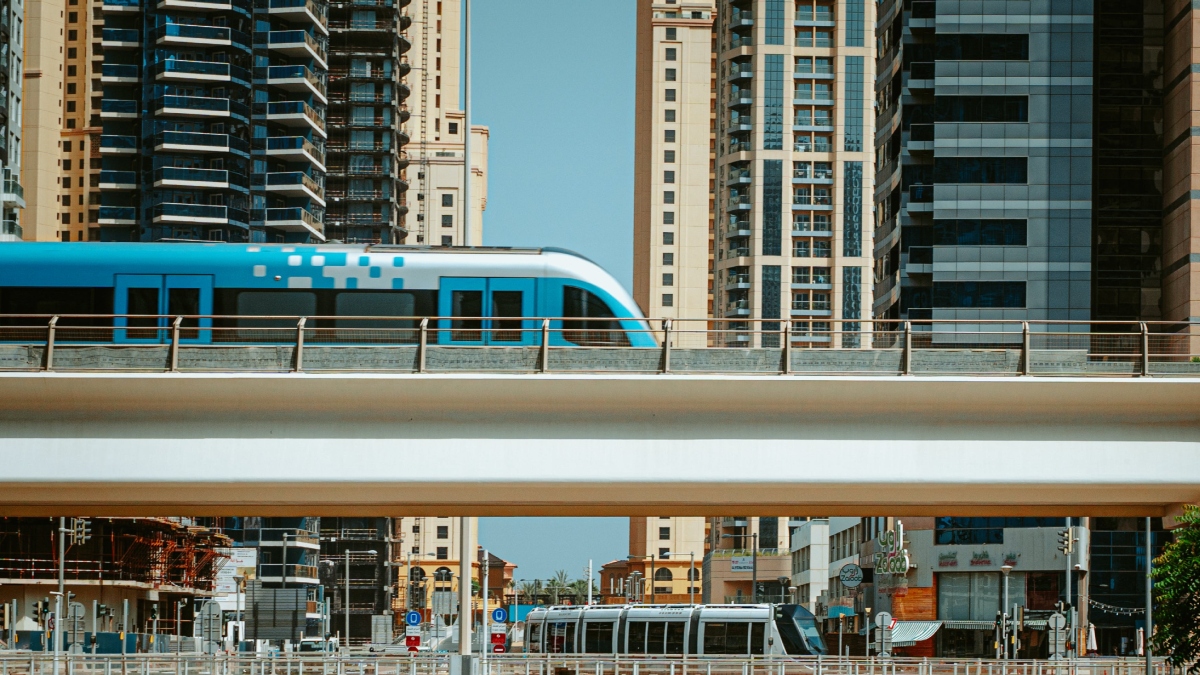An impressive 1.8 million people on average used Dubai’s public transport daily during the first eight months of 2023. The public transport ridership hit a remarkable 450 million from January to August, reflecting a 12% growth from 401 million during the same timeframe in 2022.
Of the several transport modes available, the Dubai Metro emerged as the most favored, recording 167 million users. Taxis followed closely with 130 million users. Other modes included public buses with 111 million riders, marine transport with 11 million, and the Dubai Tram with 5.6 million riders. Shared modes of transportation, including e-hail services, smart rentals, and bus-on-demand, catered to 26 million passengers.
The encouraging statistics were released by Dubai’s Roads and Transport Authority (RTA) ahead of its 18th-anniversary celebrations and the 14th Public Transport Day on November 1. This year’s theme, ‘Gym on the Go’, intends to champion physical fitness and persuade more residents and tourists to opt for public transport.
Mattar Al Tayer, the Director-General and Chairman of the Board of Directors, highlighted that the proportion of the population relying on mass transport surged from 6% in 2006 to a commendable 20.61% in 2022.
Dubai’s RTA emphasizes that its robust and interconnected public transport system is the cornerstone of people’s mobility within the Emirate. Since 2006, the RTA has invested about Dh146 billion in large-scale projects. These encompass the Dubai Metro, the world’s longest unmanned metro system at 89.3km, an 11-km Dubai Tram, a 1,400-strong bus fleet, and a variety of marine transport systems.
Infrastructure improvements over the years include the expansion of the road network from 8,715 to 18,768 lane-km and an increase in bridges, tunnels, footbridges, and subways. Furthermore, cycling lane networks have seen a growth from 9km to 543 km, with plans to extend to 833km by 2026.
In alignment with global environmental goals, the RTA, in May, introduced its ‘Zero-Emissions Public Transportation in Dubai 2050’ strategy. This ambitious plan aims to counteract climate change by transitioning to 100% electric and hydrogen-powered public buses by 2050. Moreover, taxis and limousines are set to be powered solely by electricity or hydrogen by 2040.





